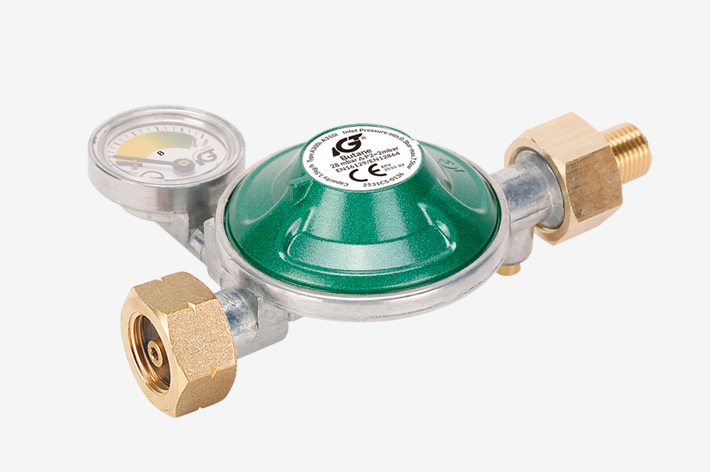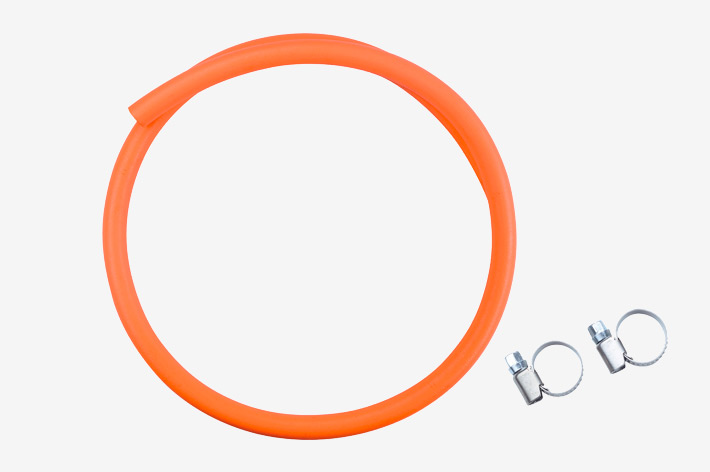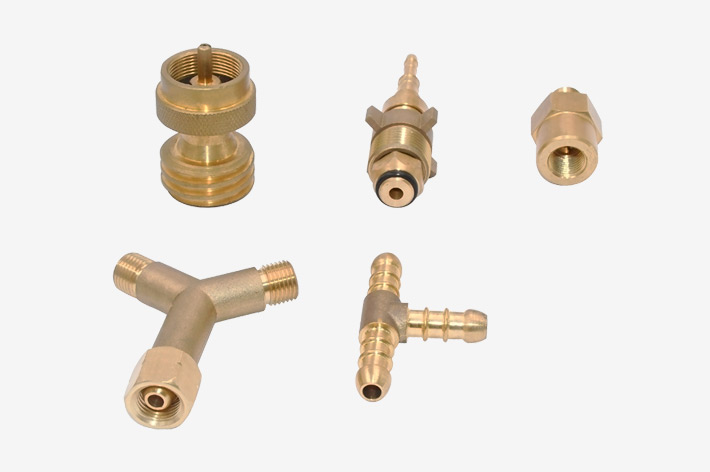Gas cylinder regulators are essential components in gas supply systems, ensuring a safe and controlled flow of gas from the cylinder to various appliances and equipment. They play a crucial role in maintaining the desired pressure for optimal performance of gas-powered devices. Depending on the specific requirements of different applications, gas regulators come in various types, including low pressure, medium pressure, and high pressure regulators. In this blog, we will explore these different types of gas cylinder regulators, their applications, and how they contribute to efficient and safe gas usage.
Types of Gas Cylinder Regulators
Low Pressure Gas Regulator
Regulator gas low pressure are designed to handle gas supply systems that operate at relatively low pressures. They typically regulate the gas pressure to a range of around 11 inches water column (inWC) to 14.5 inWC (approximately 0.4 to 0.5 PSI). Some key features and applications of low pressure gas regulators include:
Key Features:
Precise Pressure Control: Gas regulator low pressure offer accurate pressure control for applications that require a constant and steady gas flow.
Compact Design: They are generally compact and space-saving, making them suitable for residential and light commercial use.
Safety Mechanisms: Many low pressure regulators come equipped with safety features such as excess flow valves and thermal shut-offs to prevent accidents and gas leaks.
Versatility: Low pressure gas regulators are compatible with a wide range of gas-powered appliances, including stoves, water heaters, and outdoor grills.
Applications:
Residential Appliances: Low pressure gas regulators are commonly used in household gas supply systems for cooking, heating, and water heating appliances.
Camping and Outdoor Activities: They are employed in camping stoves and portable gas-powered equipment.
Light Commercial Applications: Low pressure regulators are suitable for small commercial establishments that use gas for heating or cooking.
Medium Pressure Gas Regulator
Medium pressure gas meter regulator is designed to handle gas supply systems that require higher pressures than what low-pressure regulators can provide but lower than what high-pressure regulators deliver. They typically regulate gas pressure in the range of 1 PSI to 60 PSI. Some key features and applications of medium pressure gas regulators include:
Key Features:
Consistent Pressure Control: Medium pressure regulators ensure a stable and reliable gas flow for industrial and commercial applications.
Enhanced Flow Rates: They can deliver higher gas flow rates compared to low pressure regulators, making them suitable for larger appliances and equipment.
Flexibility in System Design: Medium pressure regulators are often used in gas distribution networks to step down the gas pressure from high-pressure transmission lines to a medium pressure level.
Applications:
Industrial Heating: Medium pressure gas regulators are used in industrial heating applications, such as in boilers, ovens, and furnaces.
Manufacturing Processes: They are employed in manufacturing processes that require a steady supply of gas at specific pressures, such as glass production and metalworking.
Commercial Heating Systems: Medium pressure regulators are used in heating systems for large commercial buildings and warehouses.
High Pressure Gas Regulator
High pressure lpg gas regulator are designed to handle gas supply systems that require pressures beyond what low and medium pressure regulators can deliver. They are used for applications that operate at pressures ranging from 60 PSI to several thousand PSI. Some key features and applications of high pressure gas regulators include:
Key Features:
Heavy-Duty Construction: High pressure regulators are built to withstand the demands of high-pressure systems in industrial settings.
Safety Considerations: They incorporate robust safety features to handle the high pressures safely and prevent gas leaks or equipment damage.
Specialized Applications: High pressure gas regulators are utilized in specific industries, such as aerospace, diving, and high-pressure gas storage.
Applications:
Aerospace: High pressure gas regulators are used in aircraft and space applications, where precise gas pressure is critical for equipment operation.
Diving: They are employed in diving equipment to regulate the gas supply for scuba tanks.
Gas Storage: High pressure regulators are used in gas storage facilities to maintain the pressure in storage tanks.
In conclusion, gas cylinder regulators come in various types to cater to the specific pressure requirements of different applications. Low pressure gas regulators are commonly used in residential and light commercial settings for cooking and heating appliances. Medium pressure gas regulators find applications in industrial heating, manufacturing processes, and commercial heating systems. High pressure gas regulators are designed for specialized industries such as aerospace and diving, where precise pressure control is essential for safety and performance.
Selecting the right type of safety gas regulator is crucial for ensuring the safe and efficient operation of gas-powered appliances and equipment. Proper maintenance and adherence to safety standards are vital to guarantee the reliability and longevity of gas regulators in various applications. Understanding the differences between low, medium, and high pressure gas regulators empowers consumers and businesses to make informed choices, ultimately contributing to a more efficient and safer gas supply system.

 中文
中文 






